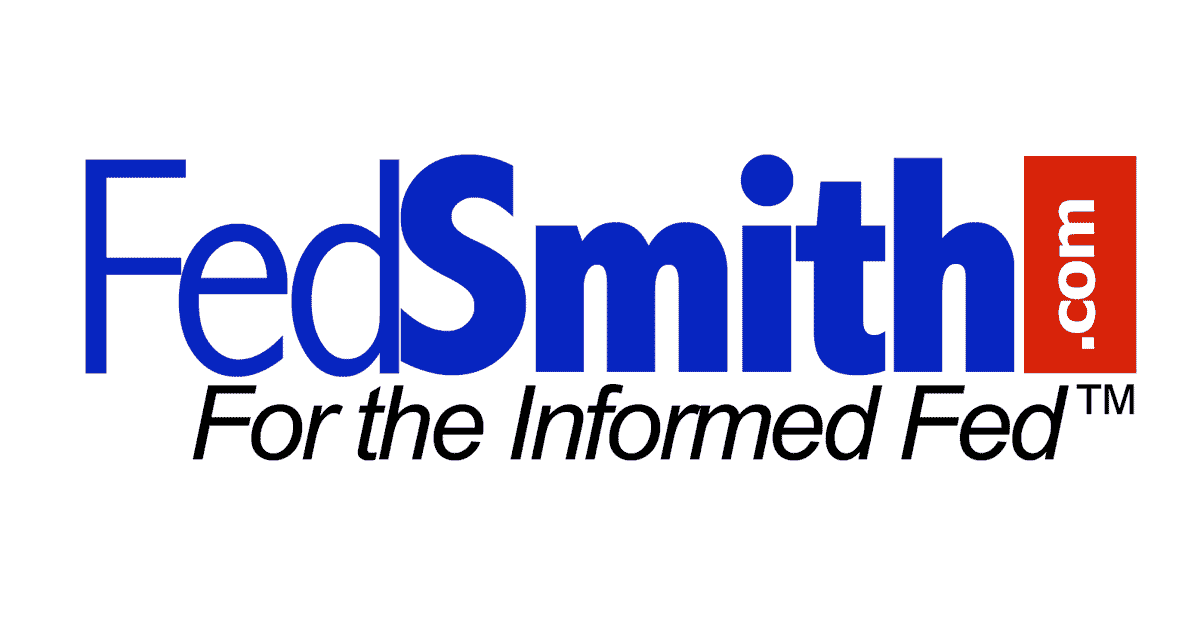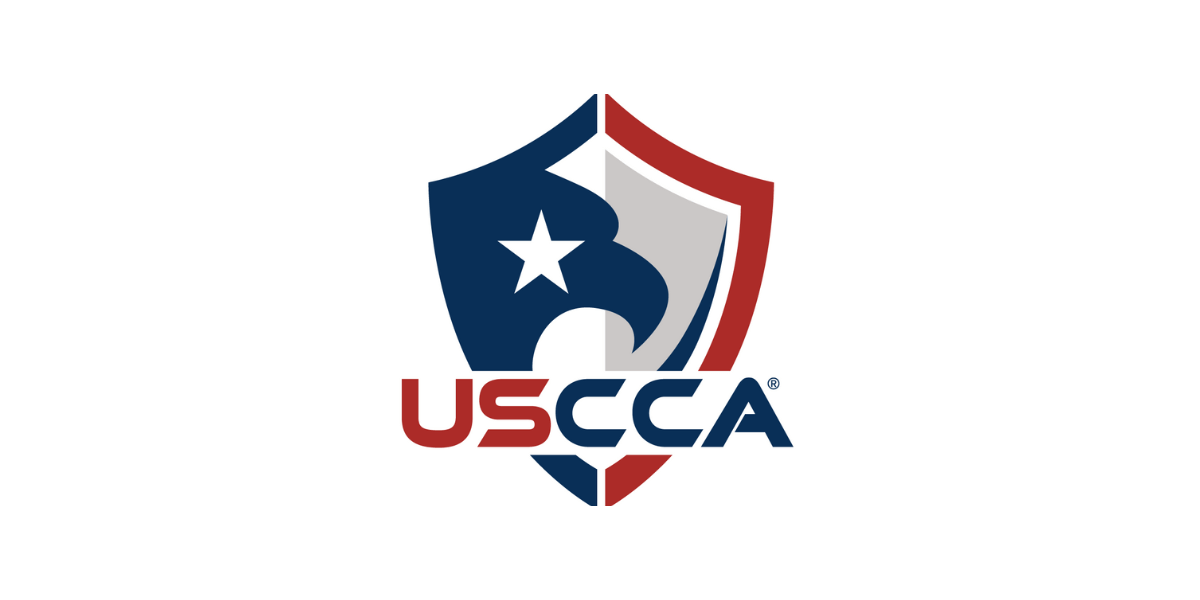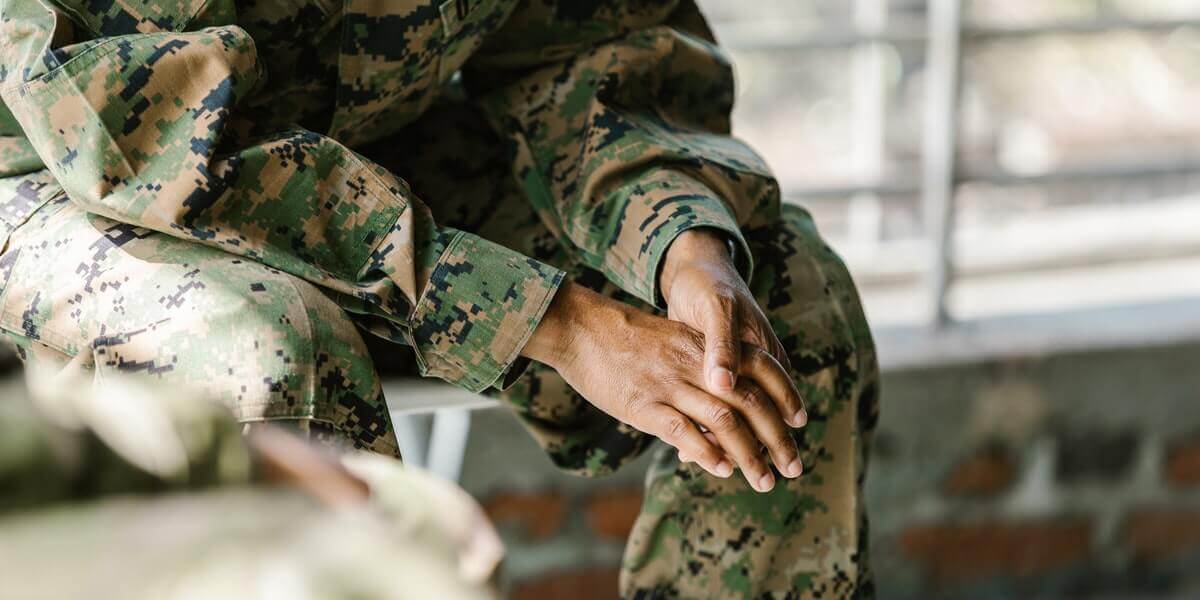Looking back at the ways our lives have changed in 2020 one of the most significant upheavals has been international travel restrictions. The unprecedented spread of Covid-19 through international ports of entry gave pause to what had been an increasingly connected global workforce and community. The global economy is still reverberating with the impact of these restrictions on what had been a booming airline industry. It is important to note that the speed that travel restrictions were implemented appeared to have slowed the international spread of Covid-19 in the early stages of the outbreak [1]. Even in the early days of the pandemic response, political agendas on the part of the Trump Administration met the stark reality of the global pandemic. The Administration’s reliance on the Covid-19 spread to further policy agendas would continue throughout the pandemic singling out specific visa types and groups of immigrants for higher scrutiny or outright bans on entry.
By way of background, the health related travel restrictions due to Covid-19 began on January 31, 2020 with the issuance of Presidential Proclamation 9984 suspending and limiting the entry of individuals who had been physically present in the Peoples Republic of China in the last 14 days, with certain exceptions [2]. February 29, 2020 marked a turning point for the travel restrictions as numerous events occurred on or around that day. The White House issued Presidential Proclamation 9992 suspended and limited the entry of all individuals present in Iran with similar exceptions to the prior ban. That same day the CDC the same day increased its travel warning to Italy to the highest level and the Department of State increased warning advisories for Italy [3] and South Korea [4], and the United States confirmed its first death on home soil from Covid-19 in Washington [5]. The situation moved rapidly in March with the initial Schengen area travel restrictions enacted on March 13 via Presidential Proclamation 9993 [6]. The Schengen area travel restrictions are notable for having an exempting from the restrictions any individual “whose entry would be in the national interest, as determined by the Secretary of State, Secretary of Homeland Security, or their designees.” Four days later the Department of Homeland Security though a fact sheet included the UK and Ireland, turning the Schengen area restrictions into “Europe” travel ban [7]. Brazil was added to the restrictions on May 24, 2020 via Presidential Proclamation 10041 and the Department of State suspended routine visa services worldwide on March 20th, 2020 [8]. The next significant action was the issuance of Presidential Proclamation 10052 on June 22, 2020 [9] Suspension of Entry of Immigrants and Nonimmigrants Who Present a Risk to the United States Labor Market During the Economic Recovery Following the 2019 Novel Coronavirus Outbreak suspending the entry of H-1B, H-2B, certain J-1s, and L1 visa holders. Individuals with currently valid visas or located in the United States were not covered under this proclamation on the day it was effective. PP 10052 brought into sharp focus an administration deal with a spiraling pandemic as well as seeking to advance a policy agenda aimed squarely at limiting employment based immigration [10]. By targeting specifically H1B and H2B visa holders at this junction the administration could suspend entry of a significant portion of applicants currently outside of the country waiting for employment to begin under emergency executive power [11].
When the State Department announced the phases resumption of visa services in July of 2020 it was imperative that attorneys understand the web of exemptions put in place to advise their clients fully [12]. The ability to determine eligibility for an exemption in the “national interest of the United States” was vested in Consular Offices under Presidential Proclamation 10052, the National Interest Exemption appears likely to continue to be relevant as the covid-19 pandemic continues.
To put the travel restriction exemptions in context, one could find them to be important and necessary for the continued transfer of critically needed individuals during a global emergency. On the other hand, the Administration may well have learned its lesson from their prior efforts to ban entry from certain countries. The so-called “Muslim ban” and its progeny culminated in the decision U.S. vs. Hawaii [13] and the so called “Travel Ban 3.0”. The addition of a waiver provision was vital in U.S. vs. Hawaii it is likely the exemptions were required by the administration to pass review [14].
Limited guidance on the National Interest Exemptions for the health related bans has come from the Department of State as well as individual Embassies or consular posts [15]. While Exemptions under PP10052 for applicants who may pose a risk to the US labor market have been outlined via specific Department of State guidance [16]. Certain consistent policies can be seen in the policy documents that have been released. First, since Consular Officers must review National Interest Exemption cases individually there is a significant area for advocacy on behalf of clients. These exemptions should be viewed as an opportunity to provide additional compelling evidence beyond the boundaries of petitions or applications. This should also be practiced careful so as not to confuse consular officers or contradict evidence previously provided in the applicants’ case. Second, there are clear cut cases which will quality for an exception and it is imperative that attorney’s check regularly to see how standards may have changed at their specific consular post. Third, National Interest Exception requests are processed differently per post, with some incorporating the review into the interview and other posts reviewing evidence after interview [17]. Fourth, National Interest Exceptions may be time sensitive, certain posts will issue visa stamps with an exemption valid for one trip to the United States within thirty days [18]. Finally, the PP10052 guidance from the DOS specifically states the listed exemptions are a “non-exclusive list”, accordingly compelling fact patterns may well be sufficient for certain travelers.
Special exemptions exist for the following applicants: Students with currently valid visas do not need to seek a National Interest Exemption to travel, also students who need to obtain a student visa should automatically qualify for a National Interest Exemption. Public Health Professionals, researchers or healthcare professionals working on covid-19 issues or areas of substantial public health benefits should qualify for a National Interest Exemption. Academics traveling on J visas as Professors and Researchers should qualify for a National Interest Exemptions.
More complicated National Interest Exemption cases must be made for Investors and Economic travelers. Investors must demonstrate to the satisfaction of a Consular officer that their travel to the United States “generates a substantial economic impact” [19]. The added requirement of “substantial” economic impact should be addressed carefully, especially for New office L1A Managers, E-2 investors or E-1 Trader’s whose business plan and projected incomes may have been formulated in a pre-covid19 economic environment. On the other hand, exceptions based on travel that will provide an economic benefit to the United States includes a variety of potential visa applicants. Technical experts and specialists as well managers and executives could fall into E-2, L or H categories. In all of these cases a two-stage showing must be made: first a substantial economic benefit to the United States either via investment by the company or via demonstration of other economic impacts: i.e. large number of US employees, significant contracts with U.S. employers etc. Second the individual need to the applicant must be demonstrated.
For H1B, L1 and J1 PP10052 National Interest Exemptions Department of State guidance is quite specific and outlines specific requirements for each category [20]. The guideline should be reviewed carefully. The key principles to be taken away from the guidance should be the multiple part test that all applicants must met. For example H1B applicants must demonstrate at least two of five evidentiary categories: Certified need for the Employee in the United States; The Applicant will provide significant and unique contributions to an employer meeting a critical infrastructure need; The wage rate paid to the H-1B applicant meaningfully exceeds the prevailing wage rate by at least 15 percent; The H-1B applicant’s education, training and/or experience demonstrate unusual expertise in the specialty occupation in which the applicant will be employed; or Denial of the visa pursuant to P.P. 10052 will cause financial hardship to the U.S. employer. For L1s a similar test is employed. L1A Applicants must demonstrate that they are fulfilling a critical business need that is also a critical infrastructure need [21]. While L1B applicants also have a multiple part test of which all aspects must be met [22].
What are the future of the travel restrictions in 2021? For the short term it is highly likely the health related travel restrictions will continue, and there is also a chance of additional restrictions being added if the global pandemic continues to rapidly expand globally. The Schengen area restrictions could be expanded to more countries should the global health situation arise. In contrast, thinly veiled “labor market concerns” and travel bans related to stated policy aims of the Administration may soon be phased out as overtly political restrictions by the new Administration [23]. From all that we have learned in 2020 it is certainly advisable to expect the unexpected but it seems like that travel restrictions in some form will be with us for some time.
Disclaimer: This information is from 2020 and may be subject to change.
[1] The effect of travel restrictions on the spread of the 2019 novel coronavirus (COVID-19) outbreak; Science Matteo Chinazzi, Jessica T. Davis et. al: Vol. 368, Issue 6489, pp. 395-400 (24 Apr 2020)
[2] Suspension of Entry as Immigrants and Nonimmigrants of Persons Who Pose a Risk of Transmitting 2019 Novel Coronavirus and Other Appropriate Measures To Address This Risk
[4] South Korea Travel Advisory
[5] First death from coronavirus in the United States confirmed in Washington state
[6] Suspension of Entry as Immigrants and Nonimmigrants of Persons Who Pose a Risk of Transmitting 2019 Novel Coronavirus and Other Appropriate Measures To Address This Risk
[7] Fact Sheet: DHS Notice of Arrival Restrictions on China, Iran and Certain Countries of Europe
[8] Suspension of Routine Visa Services
[9] Proclamation Suspending Entry of Immigrants Who Present Risk to the U.S. Labor Market During the Economic Recovery Following the COVID-19 Outbreak amended June 29, 2020.
[10] For examples of anti-H1B policy changes see: USCIS Statistical Report 2018, accessible via 2018 USCIS Statistical Annual Report Final; and national media coverage Trump administration denying, delaying more foreign skilled-worker requests
[11] See INA 212(f) and 215(a)
[12] The resumption of visa services was initially mentioned in a twitter reply via the Department of State account. It was later confirmed via fact sheet: Phased Resumption of Routine Visa Services
[13] Trump v. Hawaii, 585 U.S. (2018)
[14] Roberts at 37 “The Proclamation creates a waiver program open to all covered foreign nationals seeking entry as immigrants or nonimmigrants. According to the Proclamation, consular officers are to consider in each admissibility determination whether the alien demonstrates that (1) denying entry would cause undue hardship; (2) entry would not pose a threat to public safety; and (3) entry would be in the interest of the United States.
[15] Note: The Department of State has only issued guidance for National Interest Exceptions for Certain Travelers from the Schengen Area, United Kingdom, and Ireland see also Consular Team Germany Resumes Limited Visa Services and Expansion of National Interest Exception Travel Students, Business Travelers, Investors, and Academics
[16] Proclamation Suspending Entry of Immigrants and Nonimmigrants Who Present Risk to the U.S. Labor Market During the Economic Recovery Following the COVID-19 Outbreak
[17] Consular Team Germany Resumes Limited Visa Services and Expansion of National Interest Exception Travel Students, Business Travelers, Investors, and Academics for contrasting procedures
[18] Expansion of National Interest Exception Travel Students, Business Travelers, Investors, and Academics
[19] Expansion of National Interest Exception Travel Students, Business Travelers, Investors, and Academics
[20] Proclamation Suspending Entry of Immigrants and Nonimmigrants Who Present Risk to the U.S. Labor Market During the Economic Recovery Following the COVID-19 Outbreak October 1, 2020, a federal district court in National Association of Manufacturers v. Department of Homeland Security (NAM) enjoined the government from enforcing section 2 of Presidential Proclamation (PP) 10052 against named plaintiffs and members of the plaintiff associations. The named plaintiffs include: the National Association of Manufacturers, the U.S. Chamber of Commerce, the National Retail Federation, TechNet, and Intrax, Inc. Therefore, any J-1, H-1B, H-2B, or L-1 applicant who is either sponsored (as an exchange visitor) by petition, or whose petitioner is a member of, one above named organizations is no longer subject to PP10052’s entry restrictions.
[21] An L-1A applicant falls into this category when at least two of the following three indicators are present AND the L-1A applicant is not seeking to establish a new office in the United States: Will be a senior-level executive or manager; Has spent multiple years with the company overseas, indicating a substantial knowledge and expertise within the organization that can only be replicated by a new employee within the company following extensive training that would cause the employer financial hardship; or Will fill a critical business need for a company meeting a critical infrastructure need.L-1A applicants seeking to establish a new office in the United States likely do NOT fall into this category, unless two of the three criteria are met AND the new office will employ, directly or indirectly, five or more U.S. workers.
[22] Travel as a technical expert or specialist meeting a critical infrastructure need. The consular officer may determine that an L-1B applicant falls into this category if all three of the following indicators are present:
The applicant’s proposed job duties and specialized knowledge indicate the individual will provide significant and unique contributions to the petitioning company; The applicant’s specialized knowledge is specifically related to a critical infrastructure need; AND The applicant has spent multiple years with the company overseas, indicating a substantial knowledge and expertise within the organization that can only be replicated by a new employee within the company following extensive training that would cause the employer financial hardship.
[23] Biden plans immediate flurry of executive orders to reverse Trump policies
Tully Rinckey is able to assist people and organizations world-wide with domestic and international immigration matters. Attorney Michael Freestone is well versed in representing large corporations and is able to navigate complex immigration issues and analyze the facts and recommend the best course of action.






